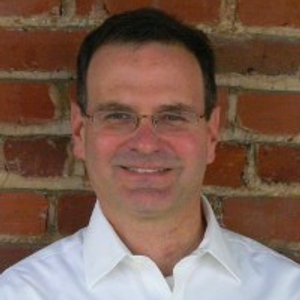Photo: “Una muerte anunciada” by Macnolete/Flickr.
When Zen farmer Masanobu Fukuoka proposed that military bombers of his native Japan be used to drop “bombs” of seeds to revegetate desert areas, housewives and children around the country started sending Fukuoka donations of seeds.
Though his dream of a vegetation air force has yet to become a reality, Fukuoka’s book Sowing Seeds in the Desert: Natural Farming, Global Restoration, and Ultimate Food Security tells the story of how he did work with authorities in India and Africa to successfully start growing plants in deserts, in hope of eventually producing forests to provide habitat for elephants and other animals that would help the local economy.
For more than half a century, Fukuoka ran a farm where he grew rice organically without plowing or flooding his fields as Asian farmers have done for centuries. Yet, his more natural method produced double the yield. In 1975, Fukuoka published an autobiography dealing with his farming techniques and his Buddhist-friendly philosophy, The One-Straw Revolution. When the book was translated into a couple dozen languages Fukuoka gained recognition as a leader in sustainable agriculture. He continued farming until he died in 2008 at age 95.
In Sowing Seeds in the Desert, edited after the author’s death by American disciple Larry Korn, Fukuoka extends his method to the desert areas of the world, now poised to spread at an accelerating rate due to droughts caused by climate change.
Sowing Seeds in the Desert: Natural Farming, Global Restoration, and Ultimate Food Security by Masanobu Fukuoka, ed. Larry Korn, Chelsea Green, 168 pp, Kindle, $8.77.
Unlike traditional approaches like drilling wells or damming rivers to provide irrigation that exhaust precious water resources for little long-term benefit, Fukuoka’s angle is just to dump a bunch of seeds on a dry area and see what takes, without the need for any artificial irrigation.
Most of the seeds will fail to sprout. But those that do take root have a better chance to thrive in that environment. And if they do thrive, they will start a virtuous cycle of growth of grasses and moisture retention that will bring water back to a dry area naturally, allowing for bushes and trees and eventually, return of a robust forest.
Forget about restoring native species, Fukuoka counsels. On degraded land, those are the very species that disappeared in the first place, so they probably won’t work any better now.
“We cannot simply put things back the way they once were,” he writes. “Too much has happened. Conditions are far different today from what they were just one hundred years ago…Even if we did go to the trouble of putting back the plants that were once native to a certain place, there is no guarantee that they would thrive there anymore.” Instead, he urges us to just jumble plants up and let nature sort them out:
My idea is entirely different. I think we should mix all the species together and scatter them worldwide, completing doing away with their uneven distribution. This would give nature a full palette to work with as it establishes a new balance given the current conditions. I call this the Second Genesis.
This is an intriguing enough idea to deal with the spreading deserts of the Sahel, the Middle East or Northern India. But Fukuoka says that much of Europe and North America (including about half of the U.S.) are just deserts waiting to happen, with surface layer of green grass and trees hiding dangerously degraded soil that gets worse every decade.
Sowing Seeds in the Desert is a thought-provoking and inspiring book with implications beyond restoring deserts or even taking agriculture beyond organic and into a way that lets nature do more of the work. Mixing plants from all over the world can serve as a metaphor for a new kind of culture that’s both local and global, a cosmopolitan-local society that would mix ideas and traditions from all over the world and then see which combination works in any particular place.
The inclusion of brush paintings by the author adds a meditative element that makes reading Fukuoka’s text even more delightful.
Watch a video on Fukuoka’s unique approach to permaculture with Sowing Seeds in the Desert editor Larry Korn:
– Erik Curren, Transition Voice







